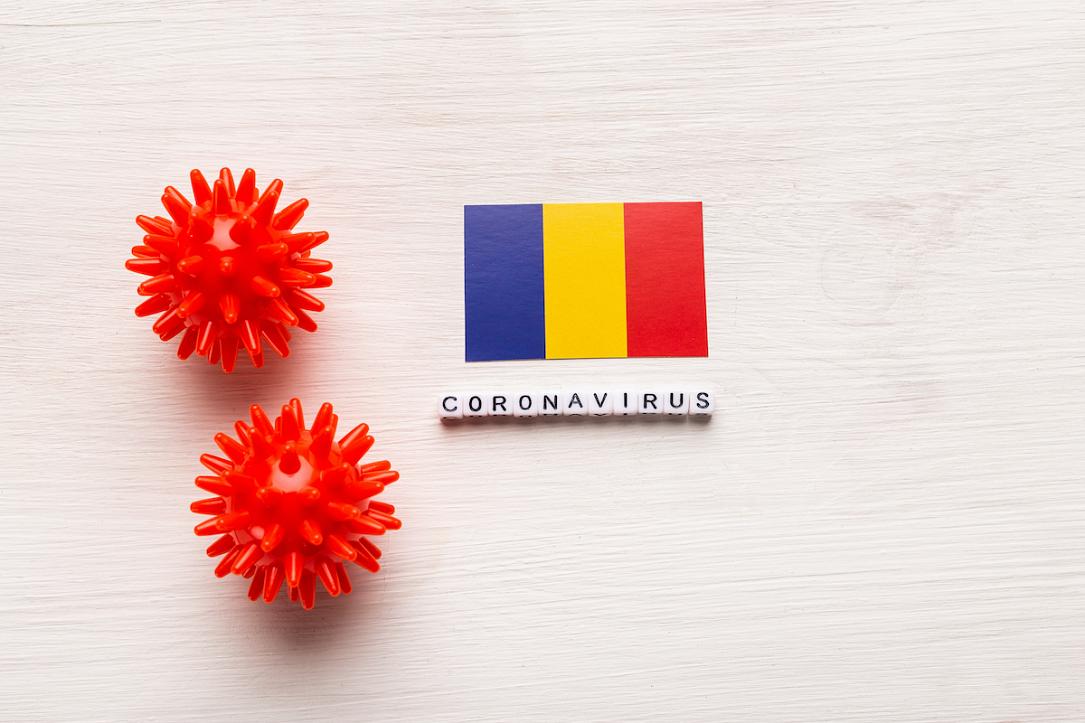COVID-19: Staying up to date with the situation in Romania, national restrictions & travel regulations



I plan to travel to Romania. Do I have o quarantine?
There is a "yellow list" of countries with high epidemiological risk updated periodically by Romania's National Committee for Emergency Situations (CNSU). Only the travelers arriving in Romania from these countries are requested to quarantine or self-isolate for 14 days.
The latest list (published on November 2) includes Belgium, the Czech Republic, Luxembourg, Switzerland, France, Netherlands, Spain, Austria, Italy, Great Britain, Hungary, Bulgaria, and Portugal, among others. The full list is available here.
The US is no longer on Romania's "yellow list," which means that travelers who arrive in Romania from the United States are no longer requested to quarantine or self-isolate for 14 days.
I plan to travel from Romania to other countries. Are there any restrictions?
All those traveling from Romania to other countries are advised to check for possible restrictions before booking or going on a trip, as many countries introduced travel restrictions in their attempt to limit and control the spread of COVID-19.
According to the list available on the website of the Romanian Ministry of Foreign Affairs, several European states impose restrictions on people coming from Romania. Among them, Austria, Denmark, Germany, Belgium, Greece, Norway, and the UK. The full list is available here (click on the countries in the list to see the restrictions - information only in Romanian).
The travel restrictions imposed in other regions of the world are available here (information in Romanian).
Restrictions for people coming from Romania may include quarantine/isolation or showing proof of valid negative COVID-19 tests.
If you are a foreign traveler, you should also take a look at the travel recommendations published by the Foreign Affairs Ministry in your country (or other official sources) and check for updates on the websites of your country's embassy in Romania.
What's the situation in Romania - cases & restrictions
The daily coronavirus cases have been on the rise for several weeks in Romania and even neared the 8,000 cases/day threshold on November 3. Thus, the country's total number of COVID-19 infections surpassed 250,000 at the beginning of this week - reaching 258,437 on Tuesday, November 3 (a COVID-19 map of Romania is available here).
Although the numbers are not as high as in other European countries, they are quite alarming, mainly because all these new daily cases put pressure on the country's healthcare system. A situation visible when looking at what happens in the intensive care units: 974 coronavirus patients were treated in these units on November 3, out of a total of 1,250 intensive care beds available nationwide. More than once, COVID-19 hospitals reached their maximum intensive care capacity in the past weeks.
The authorities have been trying to keep the coronavirus' spread under control by introducing several measures and restrictions at both the national and local levels.
Romania is currently under a state of alert, which means that several restrictions are in place across the country, regardless of the city, county, or region. For example, wearing a mask is mandatory in all closed public spaces, commercial areas, public transportation, and at work; all citizens must observe social distancing; and private events that involve many people (such as weddings or baptism parties) are not allowed.
But, based on the 14-day incidence rate reported at the local level, localities or counties fall into different scenarios: red (localities/counties with an incidence rate of over 3 per thousand inhabitants), yellow (an incidence rate of between 1.5 and 3 per thousand inhabitants), and green (below 1.5 per thousand inhabitants). And the red and yellow scenarios come with additional restrictions.
On November 3, Bucharest and the counties of Alba, Arad, Bihor, Cluj, Dolj, Mures, Salaj, Sibiu, and Timis were in the red scenario. The schools are closed in these areas, and the students attend classes online. In addition, the indoor restaurants and cafes, theaters, and cinemas are closed, while the use of masks is mandatory in all outdoor and indoor public venues.
Meanwhile, the counties of Arges, Bacau, Bistrita-Nasaud, Botosani, Brasov, Caras-Severin, Constanta, Covasna, Dambovita, Giurgiu, Gorj, Harghita, Hunedoara, Ialomita, Iasi, Ilfov, Maramures, Mehedinti, Neamt, Prahova, Satu Mare, Suceava, Teleorman, Valcea, and Vaslui are in the yellow scenario. In this case, the schools use the hybrid method (a mix between online and in-person classes), and the restaurants and coffee shops, theaters and cinemas can operate at 30% of their capacity.
In the areas that are in the green scenario, the restaurants, coffee shops, theaters, and cinemas can operate at 50% of their capacity.
Important: Figures can change by the day, and, lately, this meant that more localities/counties entered the red or yellow scenarios. Also, some localities can be in the red scenario even if the county they're part of is not. One such example is Brasov - the city is in the red scenario, but the county is still in the yellow scenario. The official daily report (which is published at Stirioficiale.ro and on the Ministry of Interior's website) includes the incidence rate for Bucharest and all the counties. The local governments (city halls or county councils) usually communicate the situation in each locality/county on social media and/or on their official websites.
I tested positive for COVID-19. What happens next?
To help the local hospitals cope with the high numbers of COVID-19 infections in the country, the Romanian Government decided in late-October to change the health protocols and allow home care for asymptomatic COVID-19 patients and those with symptoms but no other medical conditions.
Thus, COVID-19 patients with mild or medium symptoms and those with no symptoms are no longer admitted to hospitals. They stay at home, under their family doctors' supervision.
irina.marica@romania-insider.com
(Photo source: Tatiana Chekryzhova/Dreamstime.com)